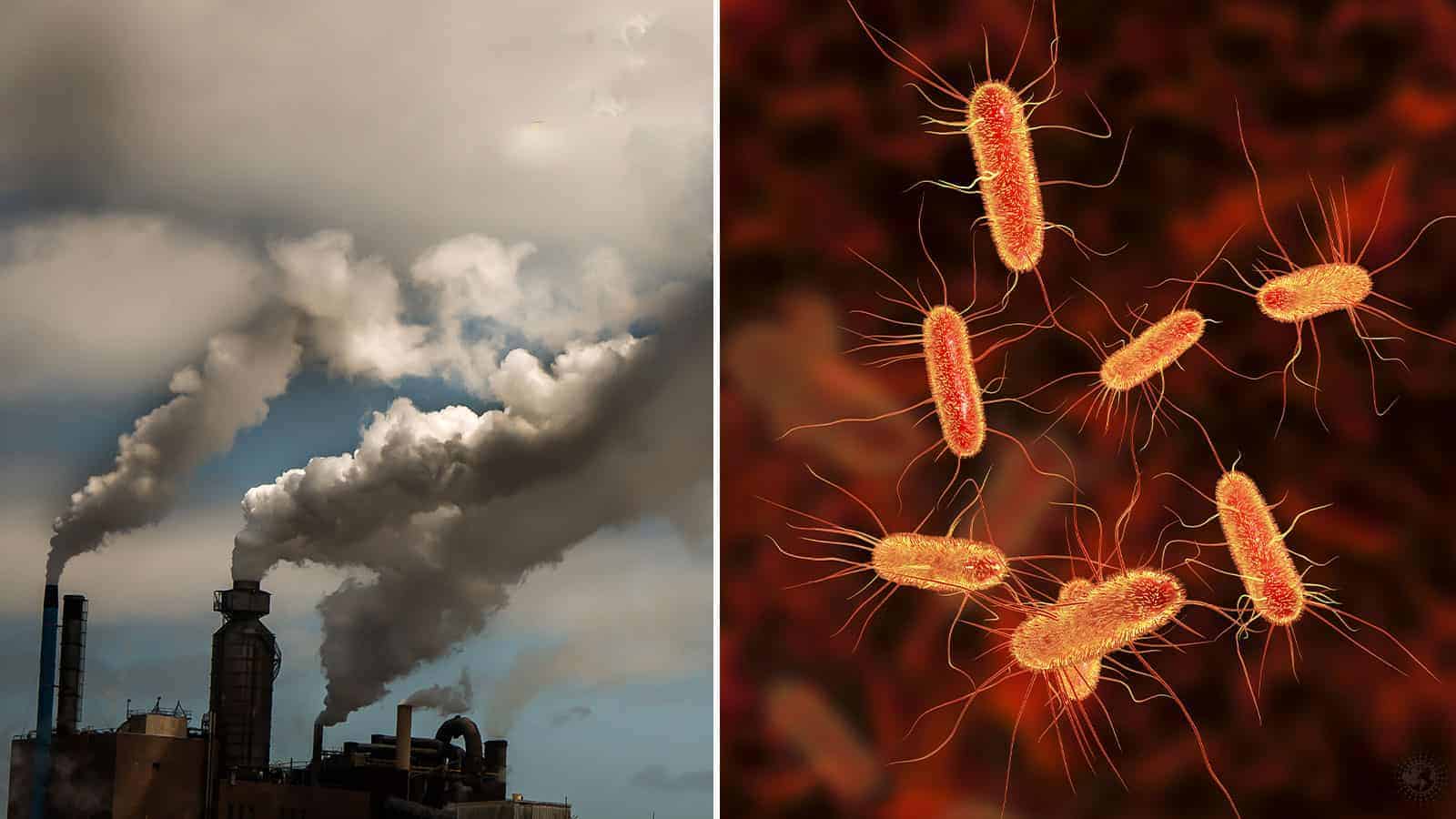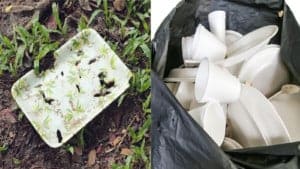The amount of carbon in the air continues to rise. This event happens as humans pump more greenhouse gases and fossil fuels into the atmosphere. According to NOAA, the monthly mean CO2 levels recorded at the Mauna Loa Observatory in Hawaii were 413.40 ppm. Let’s put that in perspective. There has been a 48% increase in carbon dioxide levels since the beginning of the Industrial Age. Furthermore, we’ve seen an 11% increase since 2000.
This shift is gravely concerning. However, Israeli scientists might have found a unique way to get rid of some of the carbon in our atmosphere. Researchers created CO2 eating bacteria that could “eat” carbon dioxide. Therefore, they can fight off air pollution and climate change.
The research
Prof. Ron Milo’s plant and environmental sciences research lab at the Weizmann Institute of Science published a report in Cell on November 27, 2019. His team spent almost a decade creating the CO2 eating E. coli bacteria using a combination of genetic engineering, rational design, and sped-up evolution. They first identified the genes that plants use in carbon fixation. That’s the process of taking carbon from CO2 and transmuting it into protein, DNA, and other biological molecules. Most of the genes already existed in the bacteria, and the team could add or change the others.
They also included a gene where bacteria could derive energy from a formate, a substance that can be produced from electricity and air. The bacteria had the required genetic material Now the researchers had to get the bacteria to eat CO2 instead of their typical sugar.

Researchers warn of ever-rising CO2 levels that now exceed those in prehistoric times.
The important research
Postdoctoral fellow Shmuel Gleizer, the lead researcher, found a way to achieve this using a technique called lab evolution. Along with Ph.D. students Roee Ben-Nissan, Yinon Bar-On, and other members of Milo’s team, Gleizer was able to wean the bacteria off of sugar gradually. The researchers separated the experiment into stages, where they gradually decreased the amount of sugar given to the bacteria. At each stage, the bacteria were provided just enough sugar to keep them from complete starvation. They also were given ample amounts of formate and CO2.
After about a year of adapting to the new diet, some bacteria were able to live entirely off CO2. The researchers even used a unique technique to make sure the E. coli weren’t eating other nutrients. The new bacterium uses formate as a form of chemical energy to drive CO2 fixation. The bacteria may provide the infrastructure for producing cleaner energy as well as sustainable production of food.
How lab-created bacteria can save the planet
Milo said that their lab was the first to attempt to change the diet of a bacteria for it to live off the air completely. They thought it sounded impossible at first, but wanted to give it a try for the future of the planet. The scientists now see that they can utilize the bacteria for many different green applications going forward.
The researchers have found that engineering the bacteria to utilize energy sources such as formate, which can be synthesized electrochemically from renewable energy, might allow for the possibility of producing net-zero emissions ethanol, butanol, and even diesel, which can replace fossil fuels, according to Bar-On.
How the bacteria can help with food production
Besides, the bacteria could help with sustainable, renewable food production without using large amounts of land required for meat, vegetable, and fruit harvesting and agriculture. This, in turn, will reduce greenhouse gas emissions by reducing the amount of deforestation. Also, biotech companies that currently feed bacteria or yeast corn syrup to produce commodity chemicals could use the cultured bacteria feeding off CO2 and renewable electricity. This process would further reduce land demand and greenhouse gas emissions.
Researchers think that, in time, manufacturers could use this CO2-eating bacteria production of alternative sources of protein. And that’s another important goal in the technology of food. Bar-On says that they might be able to use renewable energy in the future to drive carbon fixation and protein production in the bacteria. They could scale this to produce protein from renewable sources, which could also serve to feed livestock.
As sustainability is a major concern for climate researchers and scientists, this bacteria could provide millions with food and fuel, which could curb some of the more dreadful climate predictions.
Final thoughts about the CO2 eating bacteria
CO2 levels are higher than ever before, and many scientists around the world sound the alarm that we must make drastic changes on a mass scale to delay the effects of climate change. Many scientists agree that humans have caused much of the climate changes we see today. But luckily, we have innovative, creative spirits to tackle such large problems. It will be interesting to see how E.coli bacteria will be utilized in the future.



















